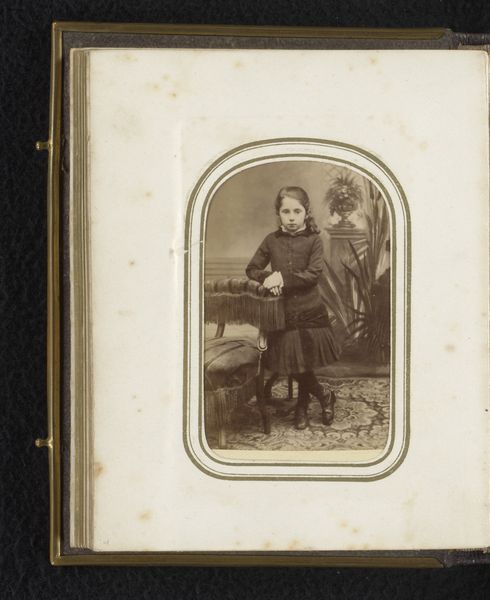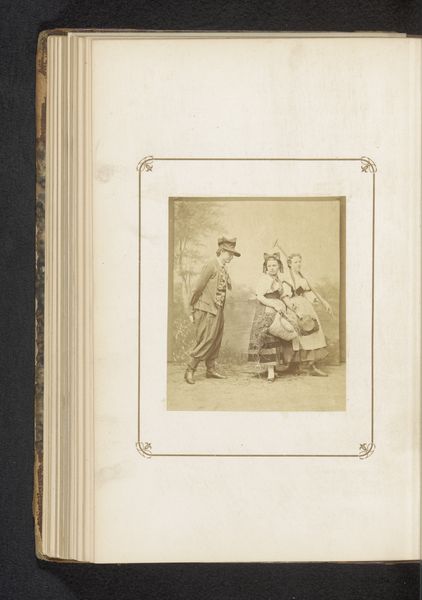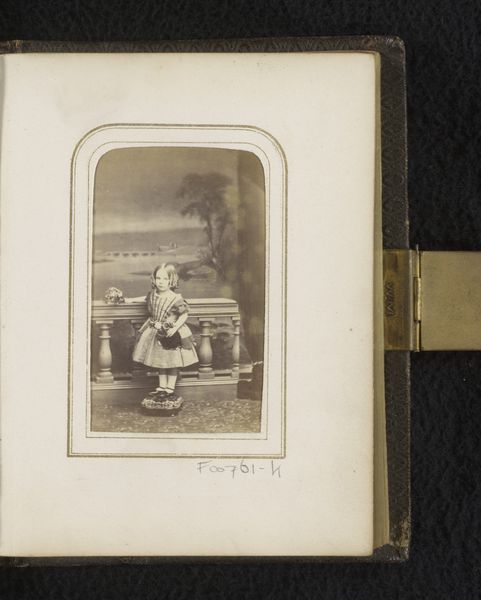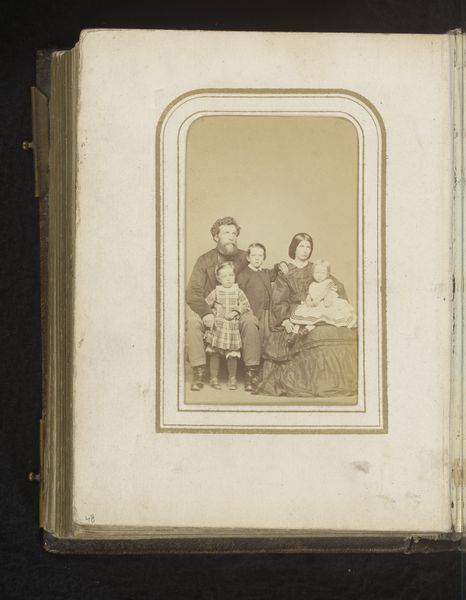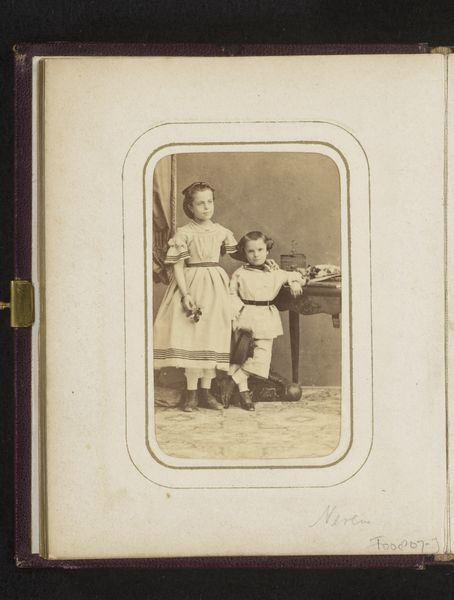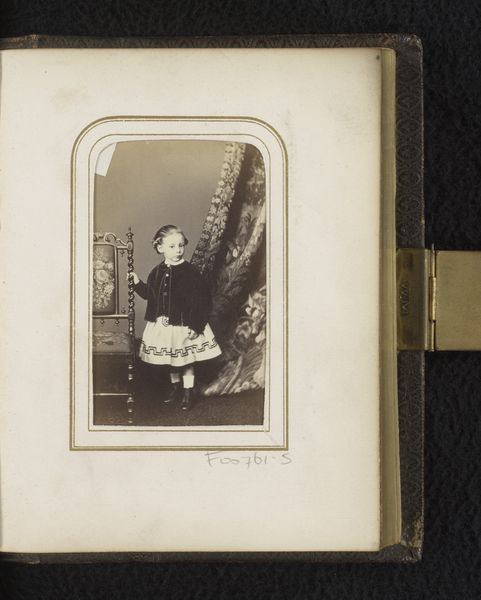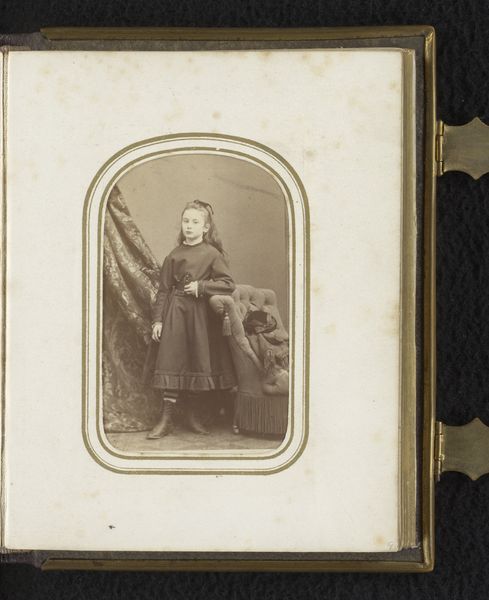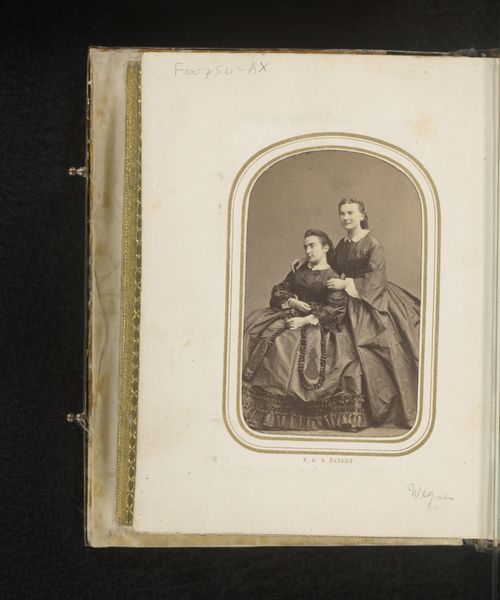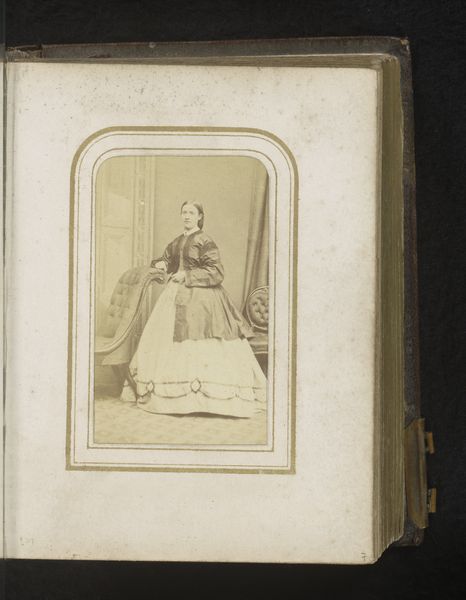
photography
#
portrait
#
photography
#
realism
Dimensions: height 101 mm, width 62 mm
Copyright: Rijks Museum: Open Domain
Albert Dekema captured this portrait of a girl on a chair, utilizing the wet collodion process, a photographic technique that was popular in the mid-19th century. The process involved coating a glass plate with light-sensitive chemicals before exposing it in a camera. The resulting image, a collodion negative, was then used to create positive prints on paper. Notice the softness and the subtle tonal gradations achieved through this method. The wet collodion process demanded skill and precision but it also democratized image-making by offering a relatively inexpensive method. It allowed people from various social classes to commission portraits, reflecting broader shifts in labor, politics, and consumption during the industrial era. Considering the material and making of this photograph gives a sense of the social and economic context in which it was created. It emphasizes the cultural significance of photography as both an art form and a mode of documentation, bridging gaps between fine art and craft.
Comments
No comments
Be the first to comment and join the conversation on the ultimate creative platform.
